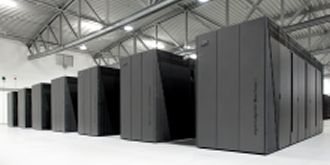 Amazon Web Services is having another crack at kicking Oracle in its relational databases.
Amazon Web Services is having another crack at kicking Oracle in its relational databases.
Aurora is Amazon’s relational database which it claims is just as capable as proprietary database engines and costs 90 percent less.
Aurora is the latest battle in a long war with Oracle which started with Amazon’s RedShift a few years ago.
The database will compete with MySQL, SQL Server, PostgreSQL, and yes Oracle on the company’s Relational Database Service (RDS) lineup. And it is compatible with MySQL, Amazon said.
Amazon has worked out that people have had a gutsful of Oracle’s cost structure and refusal to budge from older licensing models. The outfit has mostly saved itself because no one wants to dump their database.
To try to encourage the Oracle, Amazon has released a new AWS CodeDeploy, code-named Apollo, which the company said will enable rolling upgrades and ease deployments to multiple instances. It is available now and will work with customers’ existing toolsets.



















